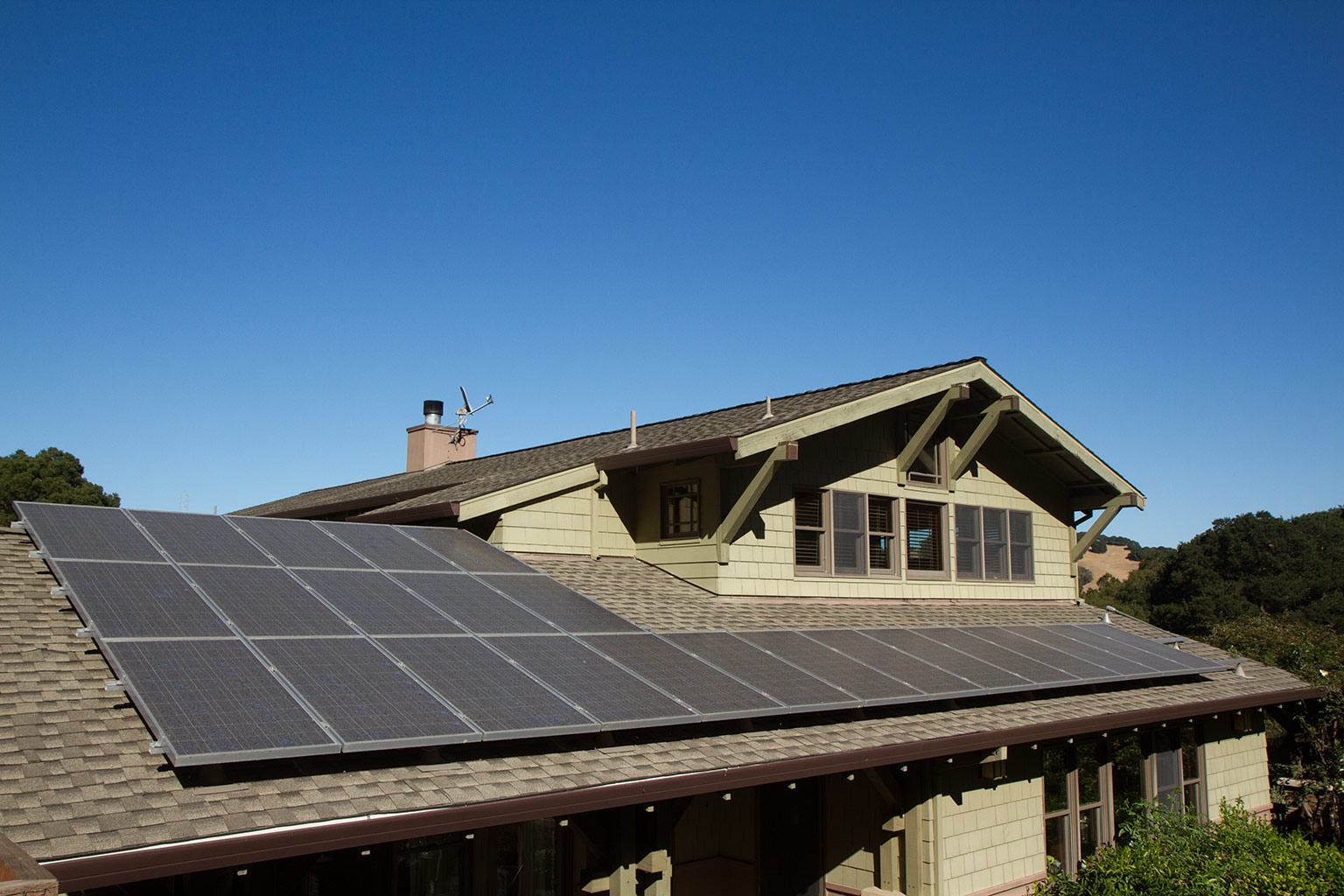How They Work
But how does solar energy work? How does sun travel to your solar panels to power your daily life? Read on to gain a better understanding of what solar power looks like in action.
Get A Free Quote Today!
SOLAR ENERGY 101
Solar power is growing as environmental awareness and alternative energy sources rise. Solar is one of the most versatile and flexible electricity alternatives thanks to 20 years of technology developments. Solar is the world’s fastest-growing electricity source today.
The solar market has risen every year for the last decade, with over 2.7 million solar installations in the U.S. Solar may effortlessly fit into your life, from a modest array to a community-based system.
Solar power gives you freedom from fluctuating energy prices and lets you design a system that fits your property and your budget. It’s also the cleanest and most abundant source of renewable energy on Earth. At Elevate Solar & Battery, we make solar power more affordable than ever.

HOW SOLAR ENERGY WORKS

Sunlight is the source of solar energy. Sunlight is made up of tiny, weightless particles called photons. Each photon has a small amount of electromagnetic force that can be turned into thermal or electrical energy that can be used. This change takes place because of a natural electronic process that happens in materials called semiconductors. The electrons in semiconductors are freed by solar energy and sent through an electrical circuit to power your devices or put electricity on the grid.
HOW SOLAR PANELS WORK
Photovoltaic (PV) cells in solar panels transform sunlight’s photons into energy. PV cells affect your solar energy system’s effectiveness and efficiency.
Each PV cell is constructed of silicon or another semiconductor. The top layer is phosphorus-coated to provide a negative charge. Bottom cells are seeded with boron to provide a positive charge.
Silicon junctions are electrical circuits between these two layers. Each PV cell’s sides comprise conductive silver plates. New solar panels employ cheaper, easier-to-source components to cut prices.
When photons hit a PV cell’s semiconductor material, they ionize it. This loosens outside electrons, which enter the silicon junction and form a charge. Conductive materials turn this charge into useful electricity. 16-22 percent of the sun’s PV energy is converted by a typical household solar energy system.

Request A Free Quote Today!
Our solar systems are made to fit your needs.
Take a look at how solar systems work or give us a call for a free consultation!
